In Nanouk Leopold’s latest feature, Whitetail, we follow Jen (Natasha O’Keeffe), a forest ranger who splits her time between managing and maintaining the local Irish woods and caring for her ailing father, Daniel (Andrew Bennett). When she learns her ex-boyfriend, Oscar (Aaron McCusker), is returning home, all of her barely buried trauma surrounding her sister’s tragic death resurfaces. With a growing poaching problem to contend with, Jen has her hands full trying to keep things together.
Whitetail tackles trauma in all of its complexities, with Jen cycling through a variety of different emotions and tactics to avoid what she keeps running from. The process is long and hard, bringing forth the uglier, unpleasant nature of reconciling with trauma. Whitetail is as much a character piece as it is a deeply symbolic journey surrounding trauma, with Natasha O’Keeffe at the helm as the turbulent Jen.
We spoke to writer/director Nanouk Leopold and actress Natasha O’Keeffe ahead of the world premiere of Whitetail at the Toronto International Film Festival. Throughout the course of our discussion, we touched upon the initial sources of inspiration for the story, how the natural environment informed their approach on set, and how O’Keefe got into the turbulent, internalized headspace of Jen.
BUT WHY THO: Regarding the story, Nanouk, what was your initial spark of inspiration for Whitetail?
NANOUK LEOPOLD: It’s an image. It’s the image of a woman in the woods and her being really in the woods. She belongs there. She has a purpose being there, and I really had to work hard to find the story, actually, because stories come and then they tend to take you away in a certain direction. Sometimes we would leave the woods, and I was like, no, no, no, no, no, I want to go back into the woods. She has to stay there. So, she has to work there. She needs a job there.
Actually, if I’m really honest, this was a long time ago. It was [originally] with a man in the woods, and someone said to me, “Why don’t you make it a woman?” And I was like, Huh? And then it started to stream. It’s really funny. I don’t even know why I started with a man. It was so long ago.
BUT WHY THO: It’s so relatable, though, to hear you say that it took a while to get there, because I struggle with being great with the first initial image, and then trying to piecemeal everything around it to make the first image make sense is probably the hardest part about writing or creating anything. So, I found that really relatable.
NANOUK LEOPOLD: Yeah. But the funny thing is, we’re now finishing up. This whole journey took me about seven to eight years, and the poster is being made. It features a woman in the woods. It’s there. She’s there [laughs,] but she’s [the woman] also there in the film. So I’m really happy that she came.
Jen and her personal tragedy are the connective tissue of Whitetail.
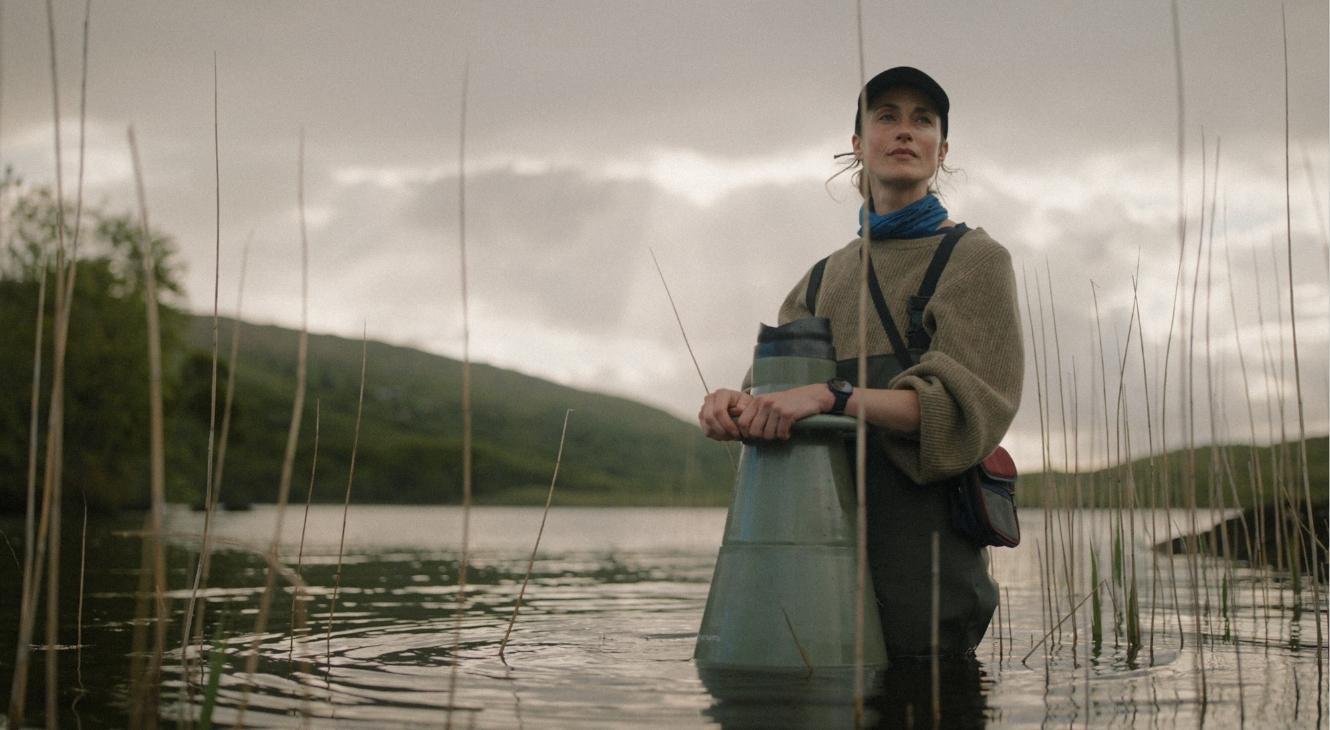
BUT WHY THO: The woods take on a variety of different roles. We think of nature as being open, but in some ways, the forest seems to trap Jen in a sort of prison. How did the forest impact both of your creation processes? Whether it was informing the character or adjusting the story once you guys were in the woods itself, how did the woods inform you as this multi-symbolic thing?
NATASHA O’KEEFFE: With your question there, I’m thinking and going back and feeling my body in those places, in the various locations, and how different all the forests, the woodlands, and the sort of trees there were in these different scenes, how they were. We also had night shoots in the woods, and how different and almost scary and heightened it all feels at night.
But then also there’s the regeneration and the landscapes that then feed Jen when she needs it, or keep her busy when she doesn’t want to face the thing that is right in front of her. But Nanouk, you might have more.
NANOUK LEOPOLD: I had a thing I told my producer from the Netherlands, who came with us. I said, I’m in love with all these little bushes and all these little groups of trees, and I want them all in the film. And there’s no woods! It’s like in the whole of Kerry [County], we went [all over].
You have the dead wood, which is scary, and it’s really a dead forest. You have the dark wood, which has ancient trees brought there by the English. They are huge, and they’re actually not part of the real nature. You have the places where there’s rhododendron, which is also scary because it’s taking over the forest. And you have little pieces of the Glengarriff nature reserve, which is the freshest and best regenerated forest in Kerry.
And so, we have, like, all these different parts. With Frank [van den Eeden], the cameraman, we were visiting these places, and thinking, this should be for this scene, and this should be for that scene. Then the whole puzzle comes [together]. Are you able to shoot half a scene there and half a scene here, and then you have to travel, and you lose time. But we did, because for me, that’s holy.
NATASHA O’KEEFFE: The one that sticks in my mind, though, really is the dark wood. In one of the dreams, there were the twigs that were just breaking.
NANOUK LEOPOLD: Yeah, that was the dead forest.
NATASHA O’KEEFFE: It was. The energy was different.
NANOUK LEOPOLD: It’s a scary forest.
NATASHA O’KEEFFE: And I think it does something in the film. I think it really responds to that.
NANOUK LEOPOLD: And in the beginning, I was a bit scared. This is actually the answer I should have given the other interviewer when he said, “What do you mean by naturalistic and realistic?” It’s not a naturalistic forest. It’s made out of little pieces of forestry that have to have a meaning and that have to have a sort of emotion brought onto you.
There’s one piece that’s called the Ladies Mile, and it’s like a little forgotten square, so beautiful, so many soft trees, and that’s where they make up, like there’s love. There’s death. It’s also where everything starts. Did I answer your question?
The natural environment of Ireland shaped and inspired Nanouk Leopold’s artistic vision.
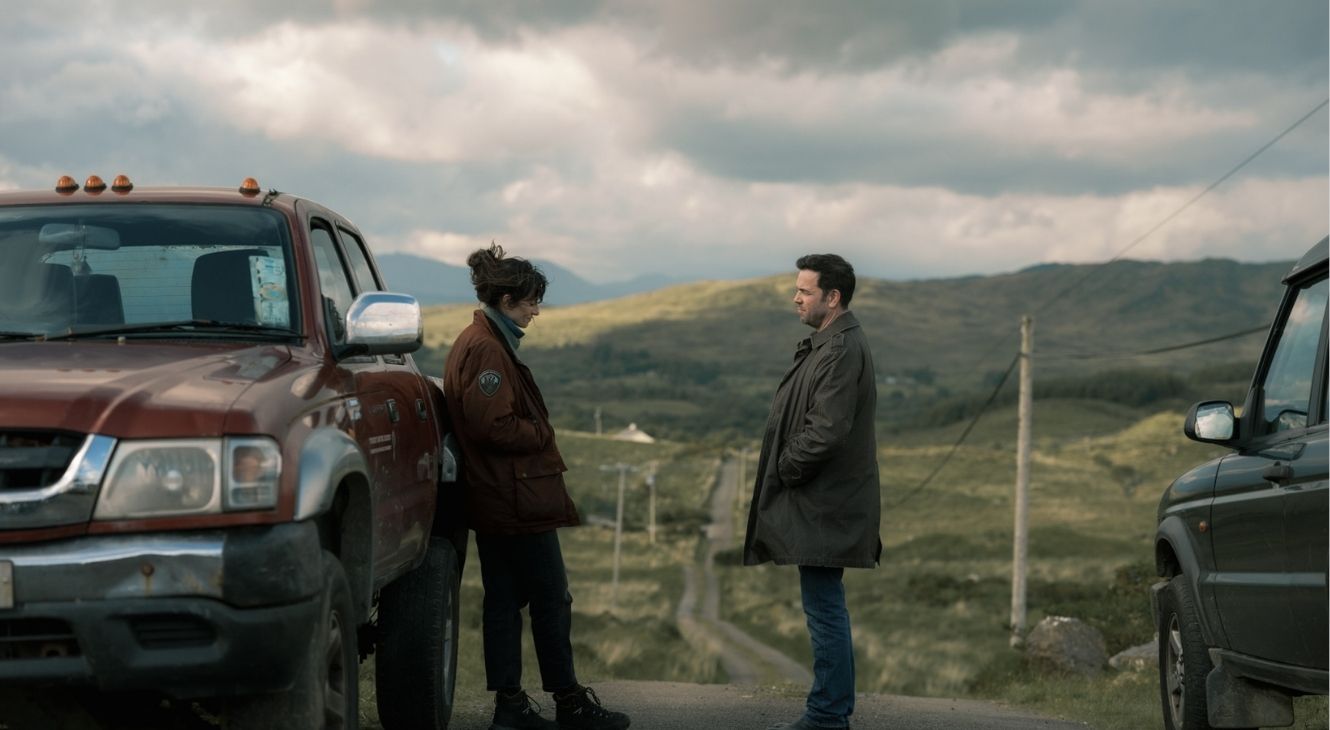
BUT WHY THO: I think you did. It also made me think of how you have the cycle of rebirth, which also ties into trauma, because while a person is dealing with trauma, there’s almost a sort of rebirthing process, as you’re cycling through everything mentally and physically.
There’s a lot of internal work that you can pick up in your performance, Natasha, in conveying Jen’s trauma. What was your approach in breaking it down performance-wise before getting on camera?
NATASHA O’KEEFFE: With the shooting of film, it’s so rare for it to be in any successive order, so on the job…It feels weird saying it was a job. It didn’t feel like a job. It felt like some artistic flow. But it really was. I did need to really know my beats. I needed to know, because we’d flip from one scene to another, what had come before, what had come after, all those sorts of things.
I guess I did do a lot of internal work, but the crew, and as I stepped on set, everyone was so with me and in it, and they almost got to know Jen. I did step out of character. I don’t feel like I was in character, but I really think I was essentially, where, physically, I was holding my body, and the sort of thoughts that were running through my head.
It was a lot of music being played before takes, and knowing what her story was, where it all started, and starting so young, with that, such a tragic accident, and her mother. I mean, in the story, it unfolds that their relationship didn’t really build too well after that incident, or even before; it feels like she didn’t have a very strong connection to her mother or one that she desired. So, basically, there was a lot of under digging the story before getting onto set.
I had lots of questions for Nanouk. What do you think about this? Do you think this happens or has happened to her before? A lot of dialogue like that was happening between us, wasn’t there?
NANOUK LEOPOLD: What I really liked was your idea to bring in the little necklace, something that’s like a hidden secret in Whitetail. You don’t have to notice it, but there’s this very small, childish necklace Jen is wearing every day under her clothes, and it’s from her sister. And if you pay close attention, you don’t have to see it. It’s not an important note, but it’s there.
In the first scene, when the sister dies, it’s also on the sister’s neck, and I loved the way you played with that. Sometimes someone would touch you there, and it was like, ‘Whoa, don’t get too close.’ Or, you would place your hand there.
NATASHA O’KEEFFE: Very fragile. Yeah, I’ve forgotten, actually, about that. I’d put that necklace on. Yeah, there are little things like that that really helped me navigate Jen or become her for that time. It took a little bit of time to actually sort of grow apart from her after filming as well. It was a really amazing exploration of a character.
NANOUK LEOPOLD: And I really like, Sarah, what you said about the rebirth. What did you say about this? Because that’s also sort of what she does.
BUT WHY THO: How reconciling with trauma is sort of like a process of rebirth.
NANOUK LEOPOLD: What she’s actually doing with her work, with the regeneration of the oak trees, and getting out the seeds of the forest and making them grow in her greenery, and then putting them back in a sort of enclosure, a safe place in the woods. It’s sort of the same sort of regeneration, rebirthing. That’s what nature does to help with the trauma.
NATASHA O’KEEFFE: And she’s certainly a woman with boundaries, isn’t she? Real boundaries, and she puts boundaries up. There’s actually, there’s so much physical versus…
NANOUK LEOPOLD: What’s internally happening.
NATASHA O’KEEFFE: Yes.
Whitetail had its world premiere at the 2025 Toronto International Film Festival. Stay tuned for more news on when it may be released in theaters near you.

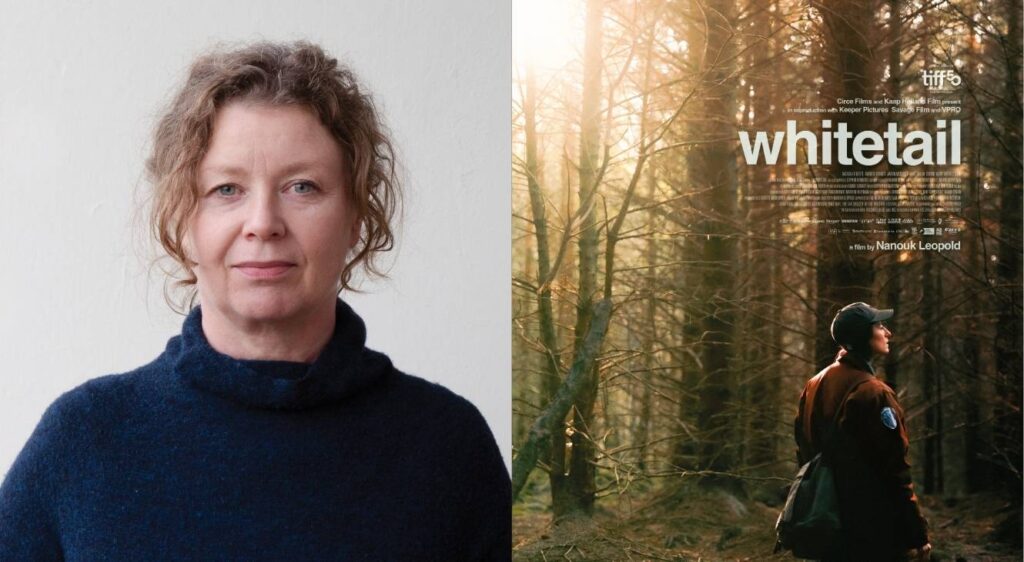

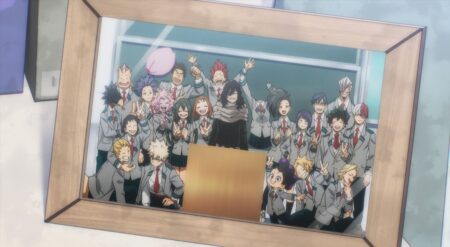
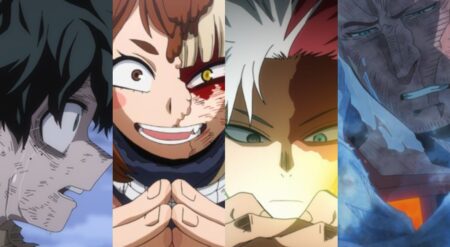
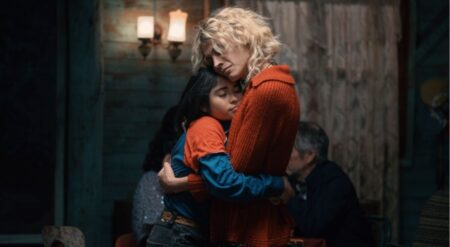
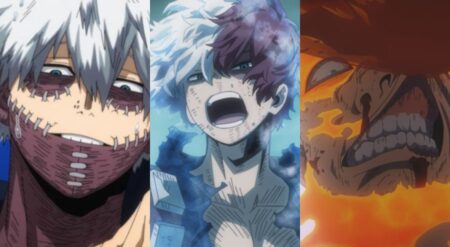
![[EXCLUSIVE] ‘Invincible VS’ Devs Dive Deep Into Their New Original Character: Ella Mental Ella Mental in Invincible VS](https://butwhytho.net/wp-content/uploads/2025/12/Invincible-VS-Ella-Mental-But-Why-Tho-1-450x247.jpg)